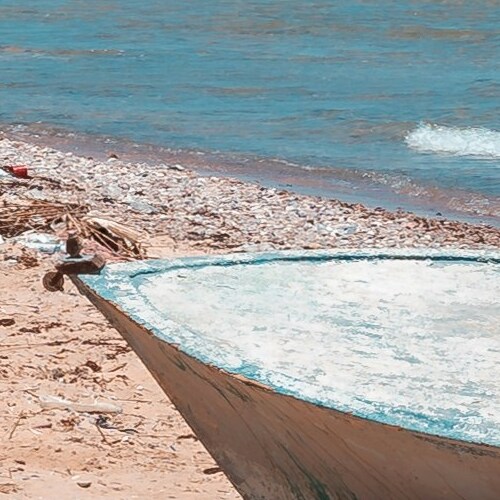No other nation in the world says ‘Welcome’ as often as the Egyptians, and every time, they mean it. While the ancient civilization of Egypt continues to amaze, contemporary Egyptians are equally remarkable.
Uncovering Nuweiba Heritage
History of Nuweiba
Nuweiba, a city located on the Eastern shores of the Aqaba Gulf in Sinai, Egypt, has a history that spans various eras, albeit with a subtle presence in early historical records. Here’s an overview of its historical journey:
- Early Beginnings
- In ancient times, Nuweiba was likely a small fishing village inhabited by a few tribal groups.
- It served as a minor transit point for trading caravans coming from the Arabian Peninsula during different periods of ancient Egyptian history.
- There is no mention of Nuweiba in Pharaonic, Roman, Ptolemaic, or Coptic records.
- Significance in the Early Islamic Period
- With the spread of Islam in Egypt and Northern Africa, Nuweiba gained prominence as a hub for pilgrims traveling to Mecca.
- Its strategic location near the Aqaba Gulf made it an important point for those undertaking the pilgrimage.
- Development in the Islamic Era
- During later Islamic periods, Nuweiba started to develop commercial significance.
- It became known as the Eastern gate of Egypt, marking its growing importance in trade and transit.
- Mamluk Sultan El Ghoury’s Influence
- Recognizing its strategic importance, Mamluk Sultan El Ghoury constructed a fortress near Nuweiba in the 16th century.
- This fortress was a significant development, emphasizing Nuweiba’s role in the region’s security and politics.
- 19th Century Developments
- By the end of the 19th century, the Egyptian police established a new fortress for the camel corps.
- This was to maintain security in this crucial area of Sinai, near the borders with countries like Saudi Arabia, Jordan, Palestine, and later.
In conclusion, Nuweiba’s history, while not extensively documented in early records, reveals a gradual evolution from a small fishing village to a significant commercial and strategic hub. Its development, especially during the Islamic era and subsequent periods, highlights its importance in regional trade, pilgrimage routes, and as a gateway in Eastern Egypt. This historical backdrop adds a layer of depth to the city, complementing its natural beauty and making it a destination with both historical and cultural significance.
Created On March 18, 2020
Updated On July 24 , 2025
NUWEIBA Travel Guide


